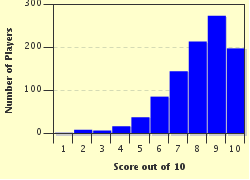Quiz Answer Key and Fun Facts
1. Which weapon, first used in the 17th century, was still in use in World War 1?
2. Which army first used the flamethrower?
3. What commonly used British weapon was known as the Mills Bomb?
4. This weapon, as developed by Hiram Maxim, was one of the main killers in the war and capable of inflicting terrible injuries. Can you name this weapon?
5. What weapon came in the models Luger, Webley, Parabellum and Steyr, to name but a few?
6. Which World War 1 battle saw the debut of the first lethal poison gas (chlorine)?
7. Virtually all British soldiers on the Western Front were issued with this rifle. Which?
8. The British were the first to use this weapon in 1916 when Captain H.W. Mortimore guided it into action at Delville Wood (part of the Battle of the Somme). What was this weapon?
9. Mr F.W.C. Stokes, later to become Sir Wilfred Stokes KBE, designed a version of this weapon in January 1915, which literally saved the day for the British. Name this weapon.
10. What job did the following famous men do during WW1? Rene Fonck, Edward Mannock, Manfred von Richtofen, Eddie Rickenbacker and William Bishop.
Source: Author
BettyBlue
This quiz was reviewed by FunTrivia editor
bloomsby before going online.
Any errors found in FunTrivia content are routinely corrected through our feedback system.

